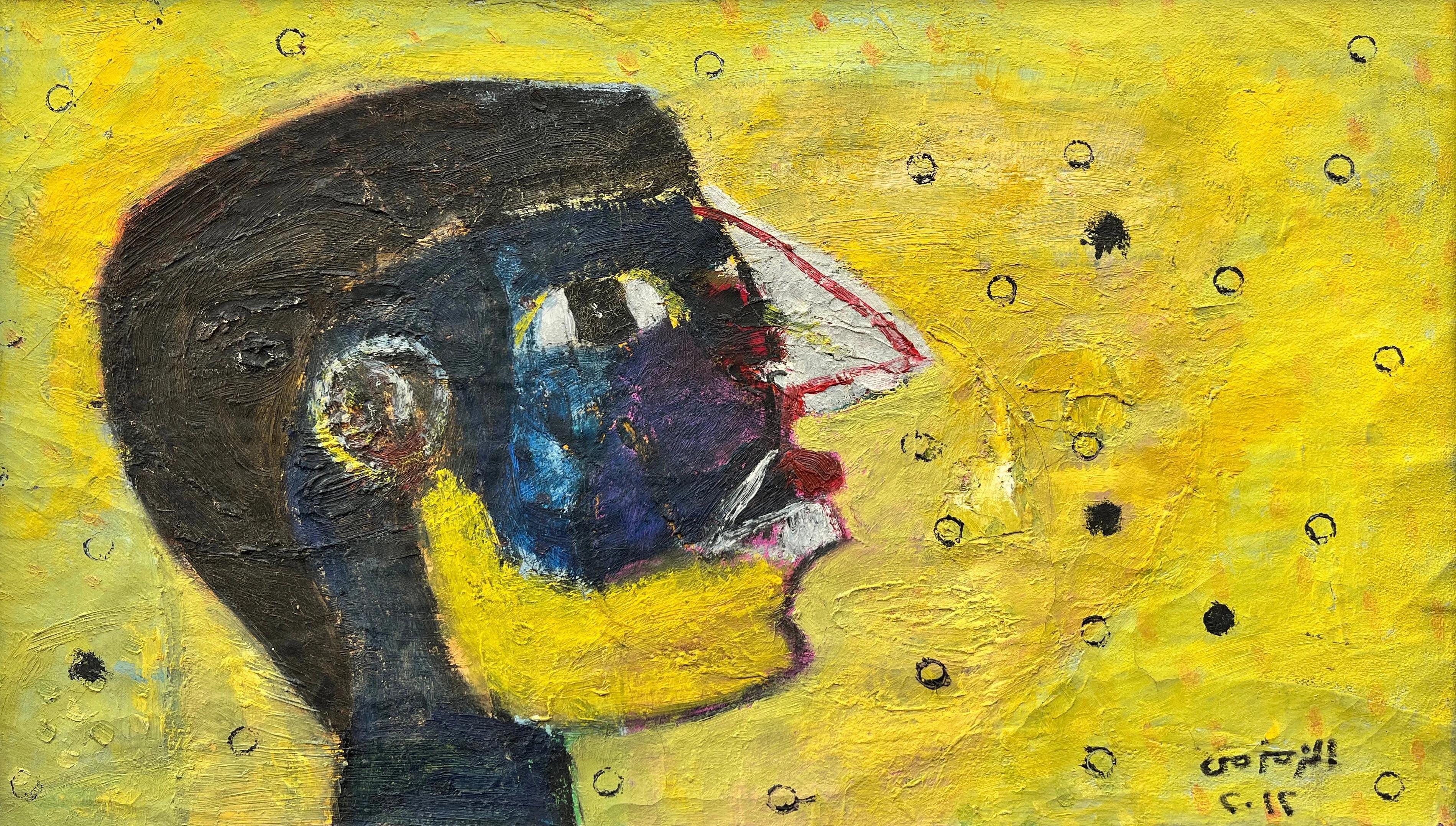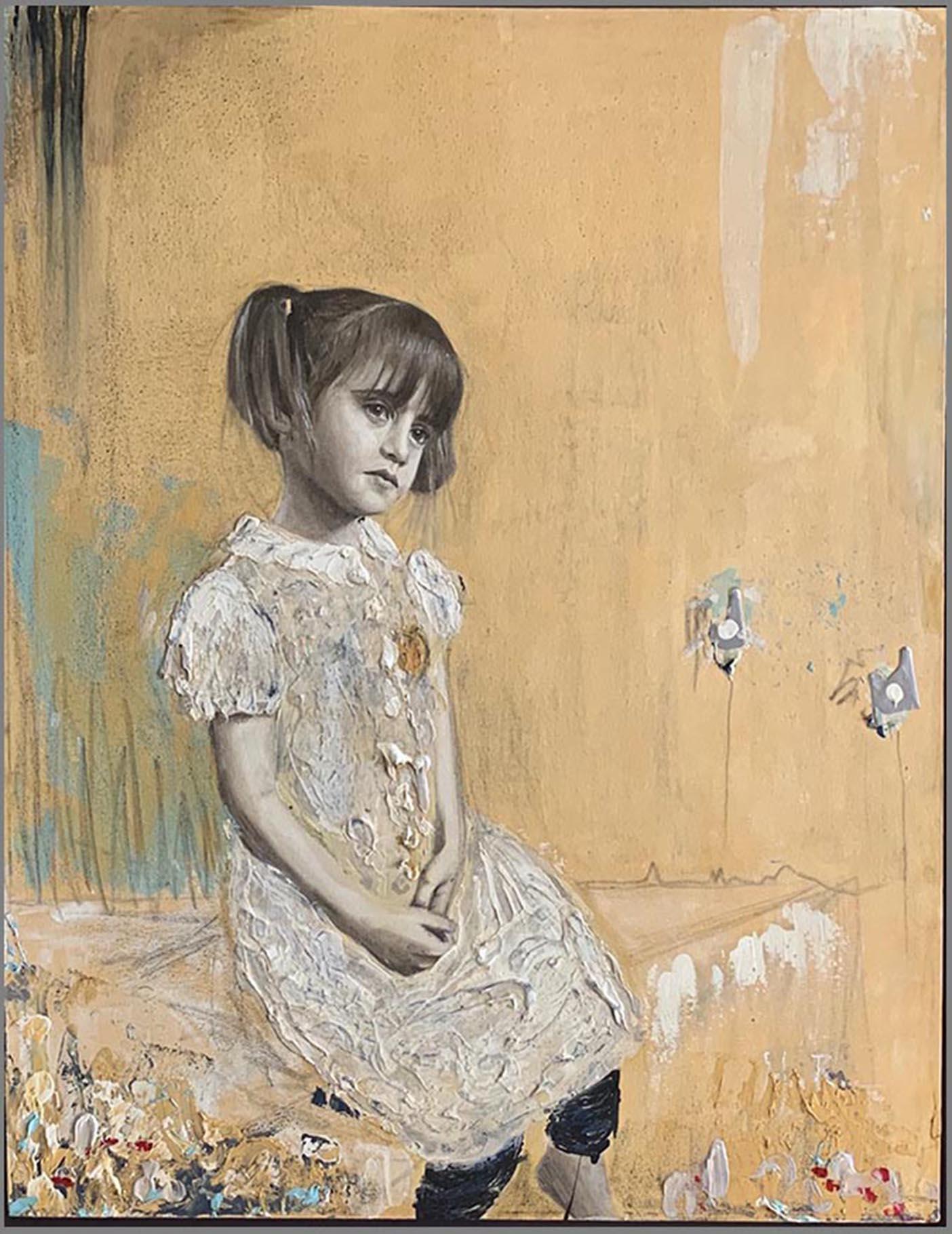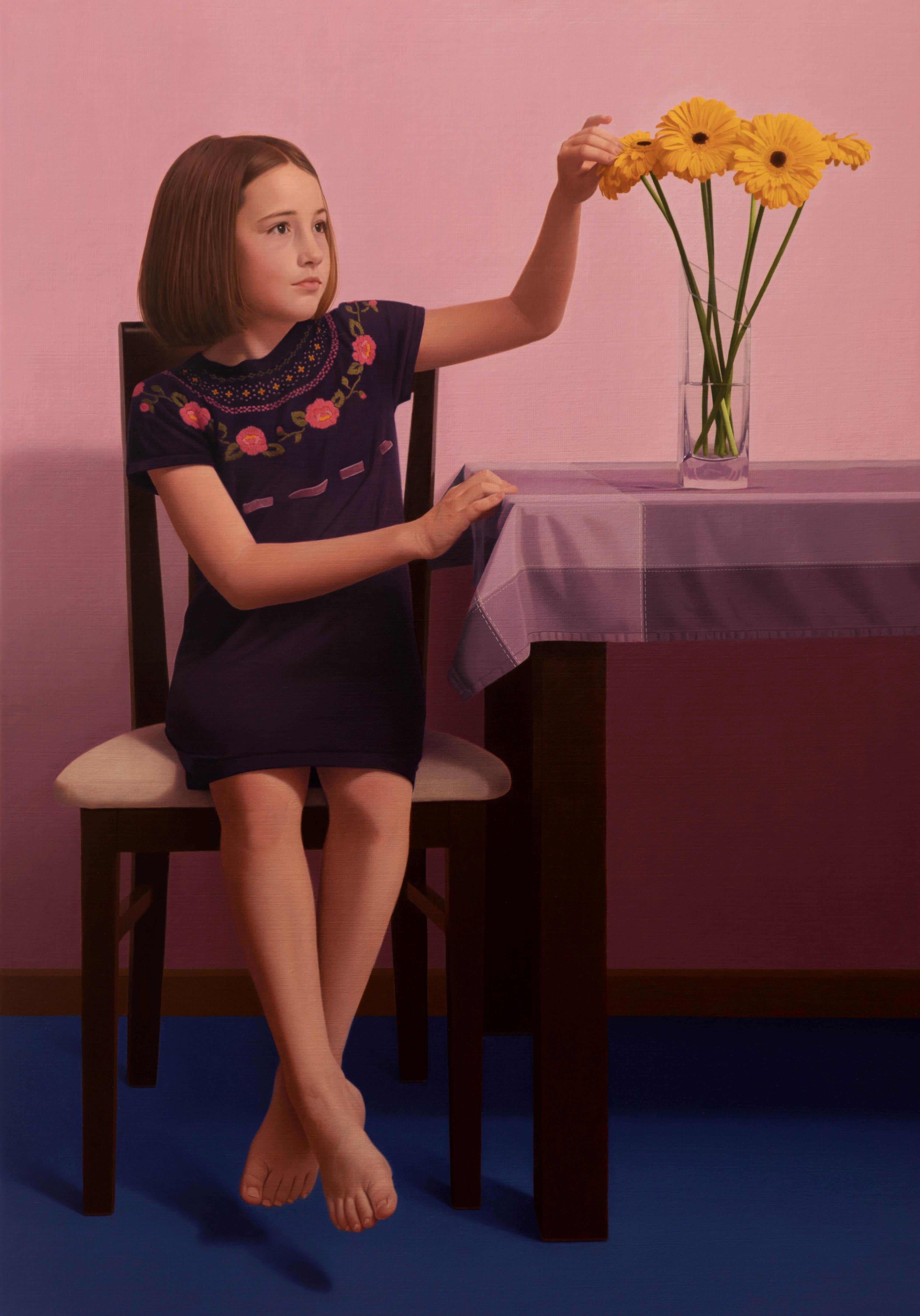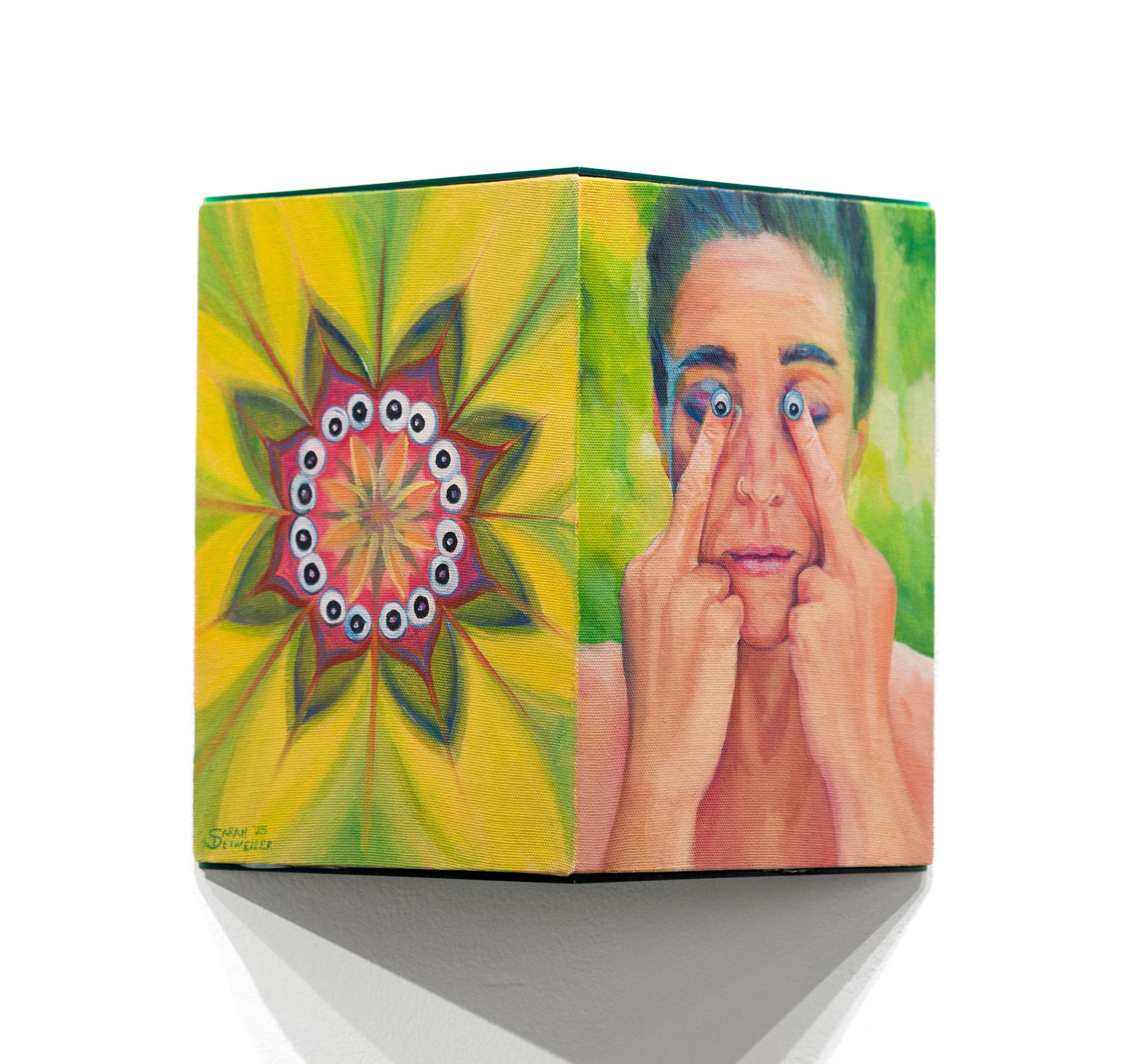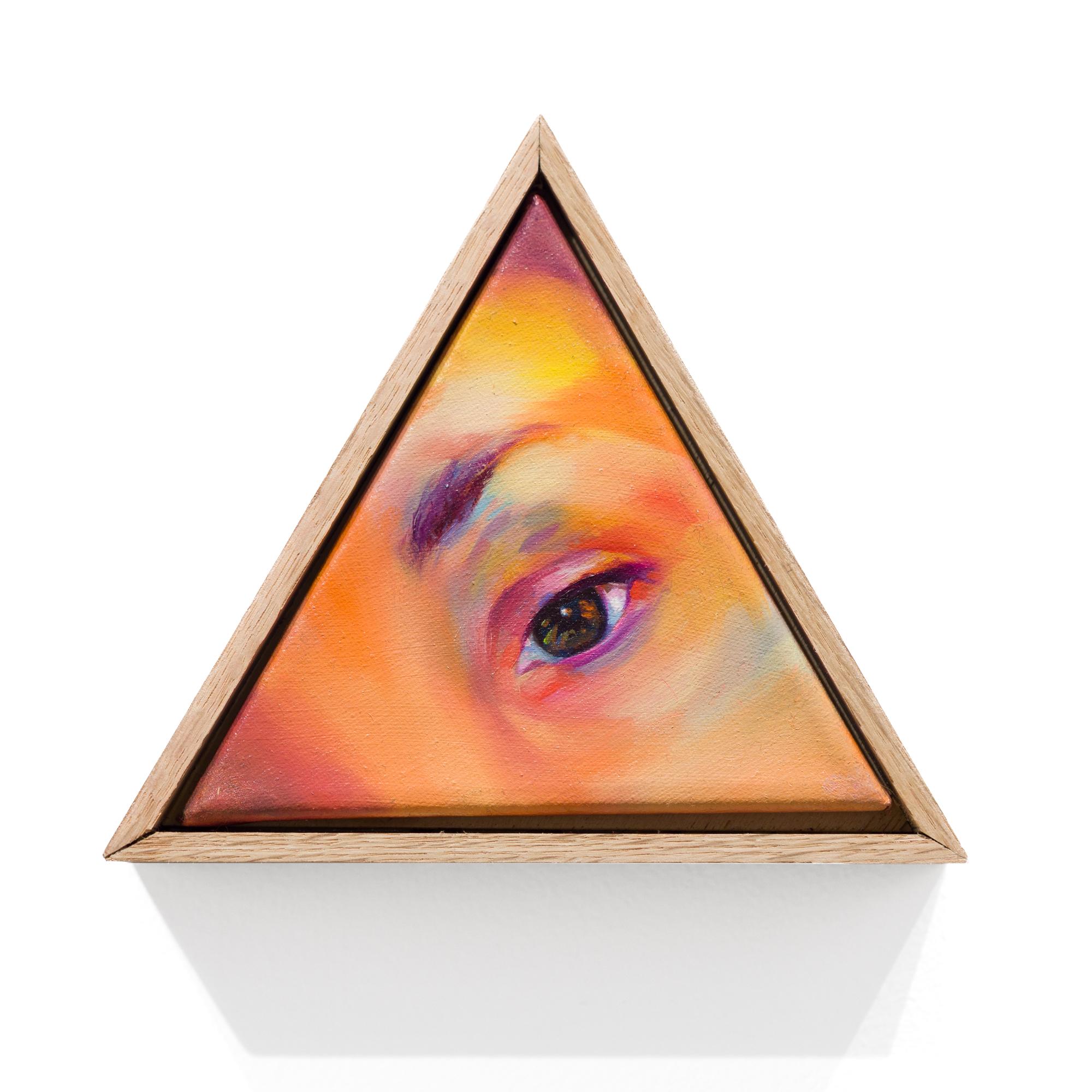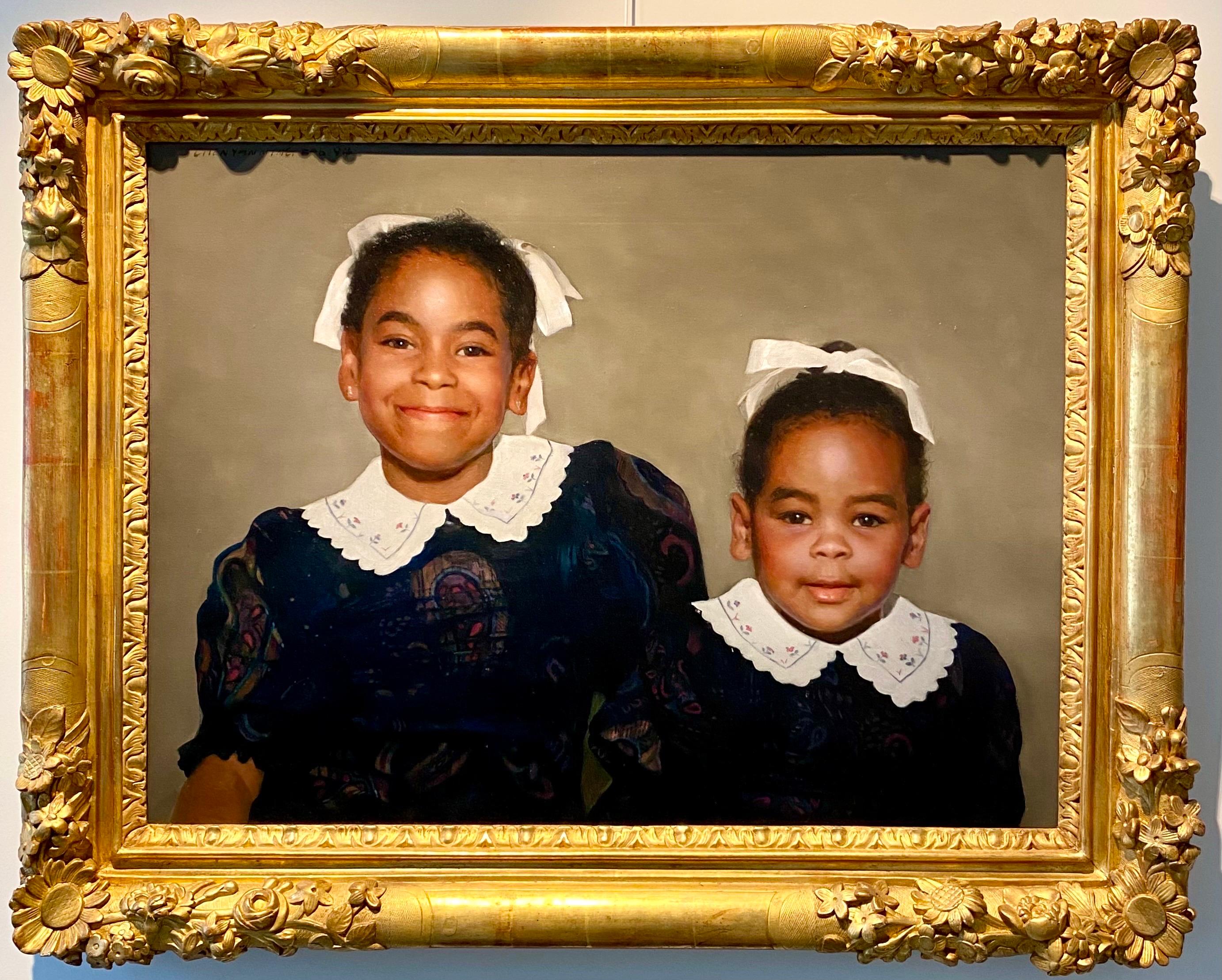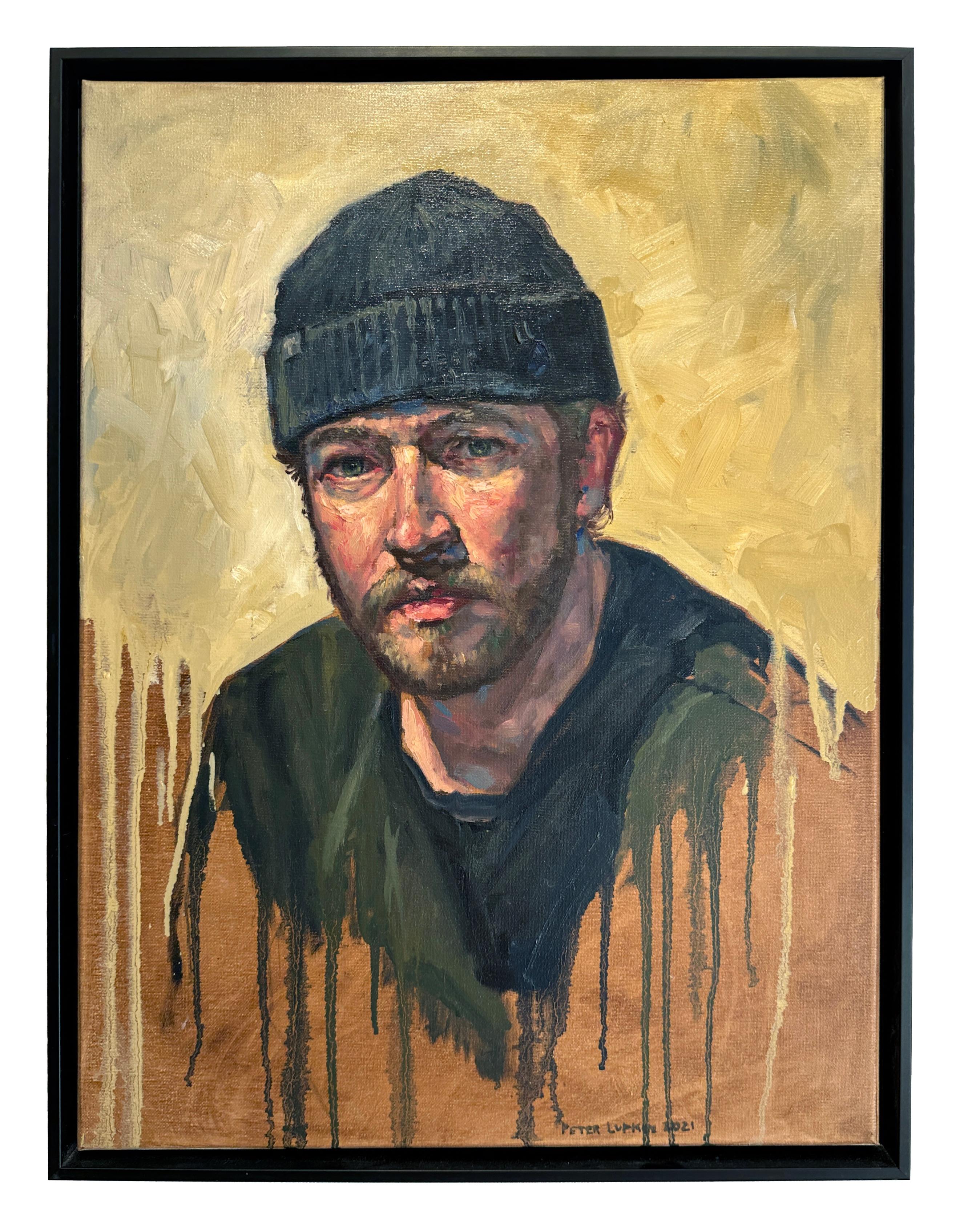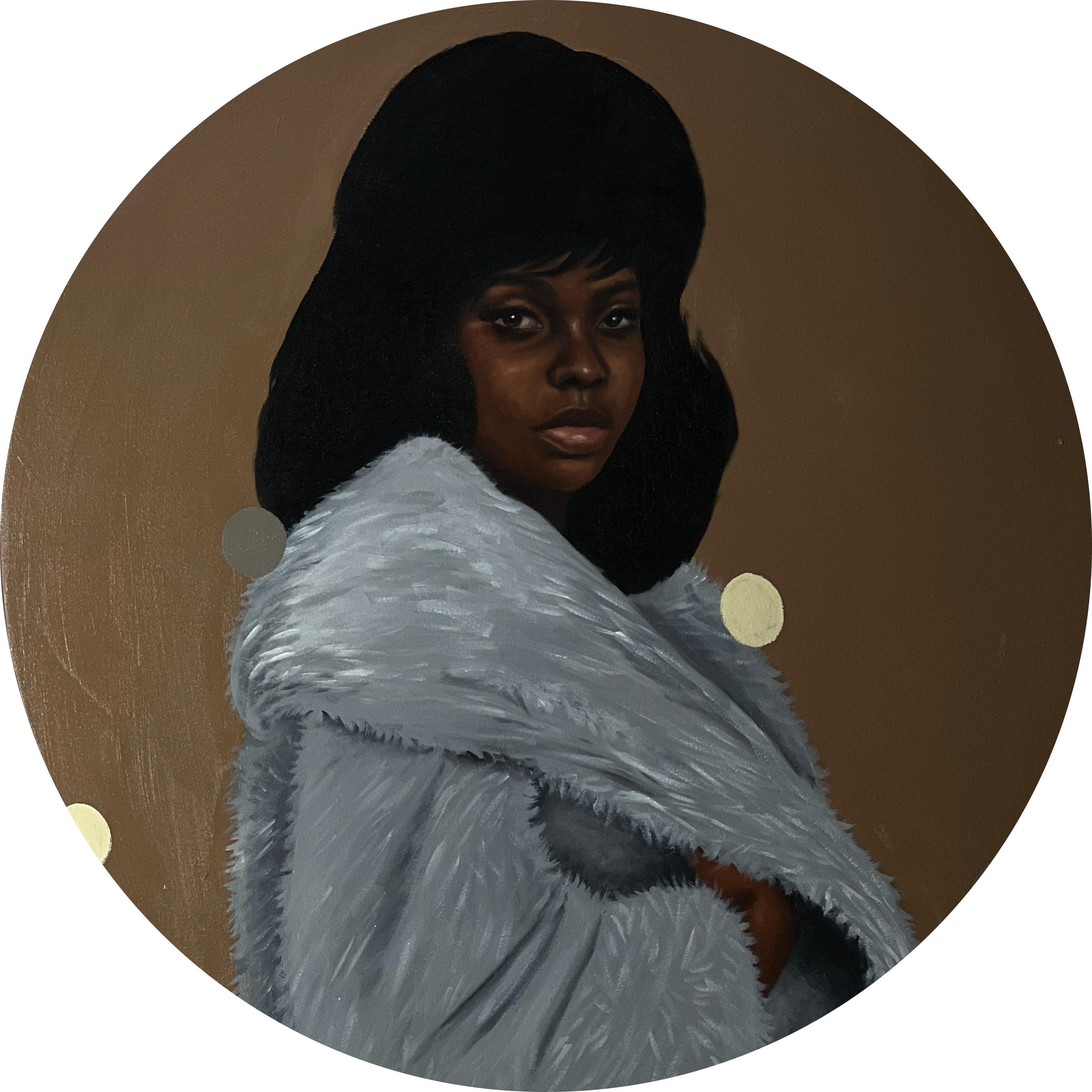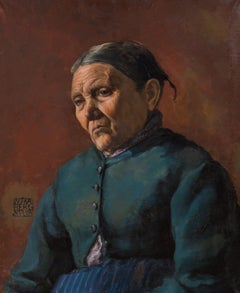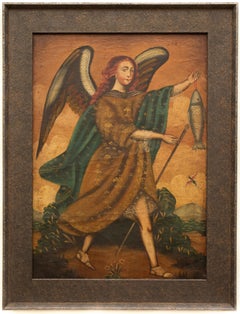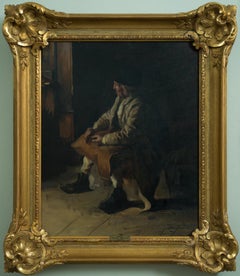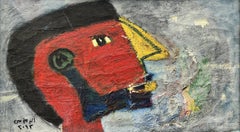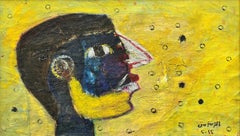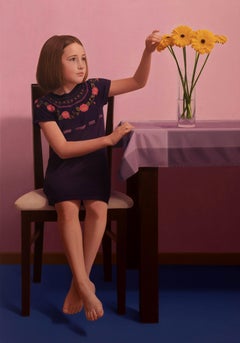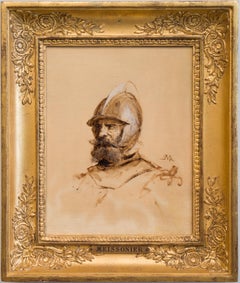
Head of a Soldier by Ernest Meissonier, Oil on Canvas, Signed With Monogram
View Similar Items
Video Loading
Want more images or videos?
Request additional images or videos from the seller
1 of 15
Jean-Louis-Ernest MeissonierHead of a Soldier by Ernest Meissonier, Oil on Canvas, Signed With Monogram19th century
19th century
Price:$5,349.33
$9,437.77List Price
About the Item
- Creator:Jean-Louis-Ernest Meissonier (French)
- Creation Year:19th century
- Dimensions:Height: 15.95 in (40.5 cm)Width: 14.18 in (36 cm)
- Medium:
- Period:
- Framing:Frame IncludedFraming Options Available
- Condition:Fine condition, the surface is bright and clear. The frame is made by hand by the Swedish frame maker Christer Björkman.
- Gallery Location:Stockholm, SE
- Reference Number:1stDibs: LU144528774522
About the Seller
5.0
Platinum Seller
Premium sellers with a 4.7+ rating and 24-hour response times
Established in 2020
1stDibs seller since 2020
185 sales on 1stDibs
Associations
International Confederation of Art and Antique Dealers' Associations
Authenticity Guarantee
In the unlikely event there’s an issue with an item’s authenticity, contact us within 1 year for a full refund. DetailsMoney-Back Guarantee
If your item is not as described, is damaged in transit, or does not arrive, contact us within 7 days for a full refund. Details24-Hour Cancellation
You have a 24-hour grace period in which to reconsider your purchase, with no questions asked.Vetted Professional Sellers
Our world-class sellers must adhere to strict standards for service and quality, maintaining the integrity of our listings.Price-Match Guarantee
If you find that a seller listed the same item for a lower price elsewhere, we’ll match it.Trusted Global Delivery
Our best-in-class carrier network provides specialized shipping options worldwide, including custom delivery.More From This Seller
View AllRediscovered Mastery: A Portrait by Nina Bergstedt
Located in Stockholm, SE
This poignant portrait by Swedish artist Nina Bergstedt captures a quiet intensity that lingers in the viewer’s mind. The sitter, an unknown woman, is portrayed with deep emotional p...
Category
1890s Realist Portrait Paintings
Materials
Canvas, Oil
Cuzco School - A Portrait of Archangel Raphael With Fish, 1800s, Oil on Canvas
Located in Stockholm, SE
Anonymous, Cuzco School
A Portrait of Archangel Raphael With Fish
oil on canvas
1800s
canvas dimensions 22.24 x 15.74 inches (56.5 x 40 cm)
frame ...
Category
19th Century Figurative Paintings
Materials
Canvas, Oil
$4,683 Sale Price
20% Off
Free Shipping
Portrait of Alice Ritter by Ferdinand Fagerlin. Oil on Canvas
Located in Stockholm, SE
Ferdinand Fagerlin (1825-1907) Sweden
Portrait of Alice Ritter, The Artists Wife
oil on canvas
signed with monogram
painted 1862
canvas size 27.95...
Category
1860s Portrait Paintings
Materials
Canvas, Oil
$4,300 Sale Price
20% Off
The Seated Man – An Intimate Glimpse into Daily Life
Located in Stockholm, SE
This masterfully executed painting by Emerik Stenberg (1873–1927) captures an intimate and atmospheric moment. The composition features a seated man, engrossed in his daily chores, b...
Category
Early 20th Century Realist Figurative Paintings
Materials
Canvas, Oil
An Apostle Painted in the Circle of Peter Paul Rubens, Oil on Canvas
Located in Stockholm, SE
Peter Paul Rubens (circle of)
An Apostle
circular 15.15 inches (38.5 cm)
oil on canvas
Provenance: Bukowskis Auctions, lot 725149, as "Peter Paul Rubens, circle of".
Category
17th Century Portrait Paintings
Materials
Canvas, Oil
Portrait of a Man – A Dramatic Study in Light and Expression
Located in Stockholm, SE
This compelling portrait, recently studied by Stéphane Pinta of the esteemed Cabinet Turquin in Paris, has been confidently attributed to the Austrian painter Matthäus (Matthias) Lod...
Category
Late 18th Century Old Masters Portrait Paintings
Materials
Canvas, Oil
You May Also Like
"Profile in Red" Figurative Oil Painting 16" x 26" inch by Ashraf Zamzami
By Ashraf Zamzami
Located in Culver City, CA
"Profile in Red" Figurative Oil Painting 16" x 26" inch by Ashraf Zamzami
ABOUT
Ashraf El Zamzami was a graduate of the Academy of Fine Arts in Minya, and he fast made a name for h...
Category
21st Century and Contemporary Contemporary Portrait Paintings
Materials
Canvas, Oil
"Profile in Yellow" Figurative Oil Painting 16" x 26" inch by Ashraf Zamzami
By Ashraf Zamzami
Located in Culver City, CA
"Profile in Yellow" Figurative Oil Painting 16" x 26" inch by Ashraf Zamzami
ABOUT
Ashraf El Zamzami was a graduate of the Academy of Fine Arts in Minya, and he fast made a name fo...
Category
21st Century and Contemporary Contemporary Portrait Paintings
Materials
Canvas, Oil
UNTITLED
By Sofia Ruiz
Located in Los Angeles, CA
"UNTITLED"
OIL AND ACRILIC ON CANVAS
SIGNED
35.5 X 27.5 INCHES
Sofía Ruiz was born in 1982.
What she expresses through her paintings has to do with whe...
Category
2010s Surrealist Figurative Paintings
Materials
Canvas, Oil, Acrylic
$6,500
Gerberas - Contemporary Figurative Oil Painting, Realistic Little Girl Portrait
By Kamil Lisek
Located in Salzburg, AT
KAMIL LISEK (born in 1980) Studied under the guidance of prof. Maciej Świeszewski at the faculty of painting at the Academy of Fine Arts in Gdansk. He graduated with distinction obta...
Category
2010s Realist Figurative Paintings
Materials
Canvas, Oil, Linen
Oil Painting On Canvas And Gold Leaf "The Luminous Moment #1 Blue And Orange"
Located in Bogotá, Bogotá
"The Luminous Moment #1 Blue and Orange" is a painting from a new series exploring the relationship between human and animal forms and two predominant complementary colors: blue and ...
Category
2010s Contemporary Figurative Paintings
Materials
Gold Leaf
"Kaleida-Nope Mask" Two-Sided Oil painting With Woman Figure and Reflective Ends
By Sarah Detweiler
Located in Philadelphia, PA
This piece titled "Kaleida-Nope Mask" is an original painted dimensional work by Sarah Detweiler and is part of Detweiler's "Spectrum of Curiosities" series, featuring whimsical port...
Category
21st Century and Contemporary Contemporary Figurative Paintings
Materials
Canvas, Oil, Mirror, Wood, Acrylic Polymer
Recently Viewed
View AllMore Ways To Browse
Kaiser Wilhelm
Giovanni Francesco Barbieri
Saint Laurent Le Monogram
50s Wedding Dress
A La Place Clichy
African Soapstone Sculpture
Andre Dignimont
Andy Warhol Brooklyn Bridge
Antique Black Forest Wood Picture
Antonio Saura
Ari Gradus
Arman Paint Tubes
Bethesda Fountain
Bill Tansey
Blinky Palermo
Bob Law
Bobby Kennedy
Botanical Cactus Print
